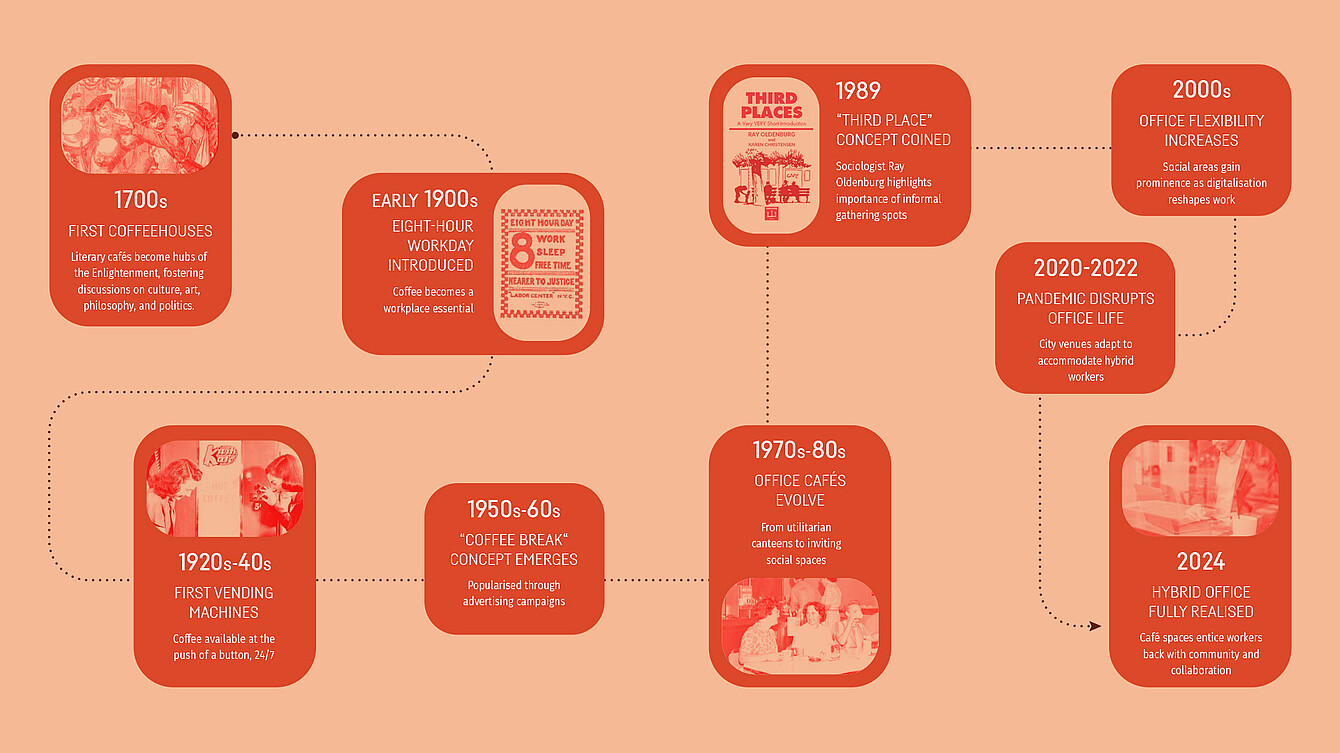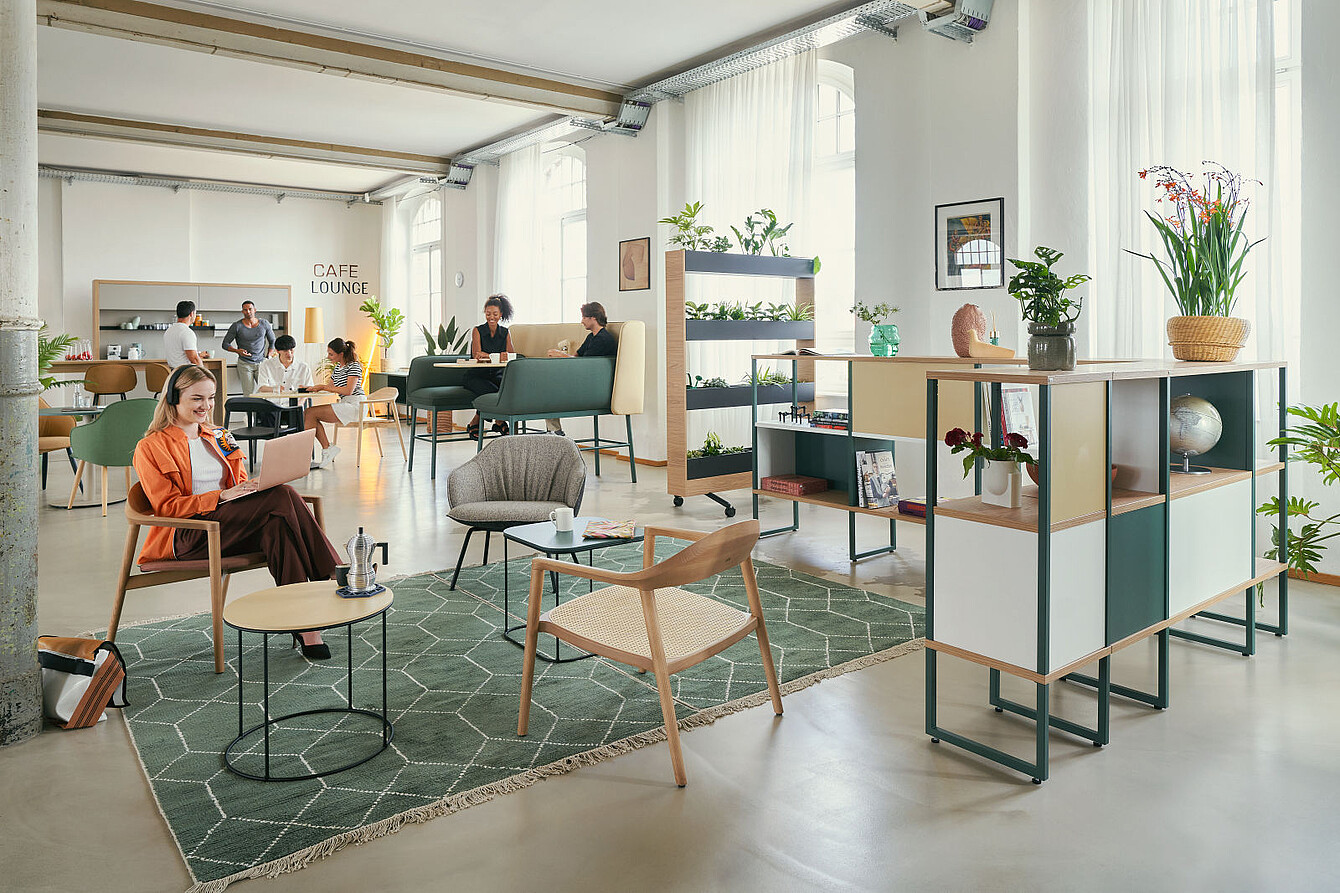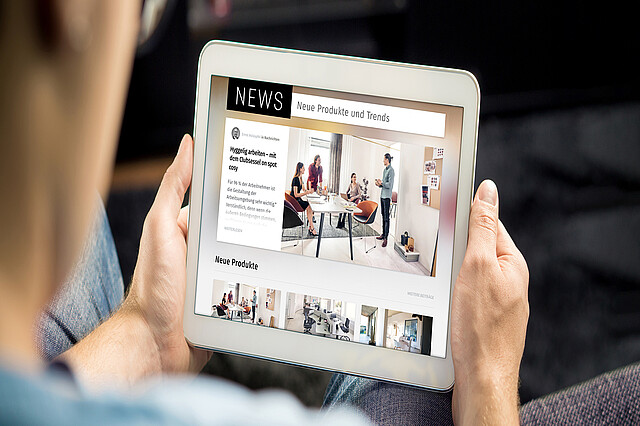The cultural variations of the coffee break
Different traditions around the world developed over coffee and work: in Great Britain it was the tea break, in Germany it was the ‘coffee klatch’ and in Finland it was the ‘fika’ – a relaxed coffee and cake break that emphasised social interaction. These rituals illustrate that people appreciate shared moments of calm and connection during the working day, regardless of the beverage.

The transformation of the office coffee break
With the introduction of automatic coffee machines in the 1950s, coffee became available in the office around the clock. This led to the creation of break rooms, which evolved from functional areas into meeting places for informal conversations. This change reflected the growing recognition of the importance of community and collaboration in the workplace.
A famous advertising campaign by the Pan-American Coffee Bureau in 1952 finally coined the term ‘coffee break’ and highlighted its benefits for both employees and companies. During this time, cafeterias were mostly simple, functional rooms to primarily provide basic services during lunch breaks.
From ‘third place’ to hybrid working environment
In the 1970s and 1980s, workplace culture changed and cafeterias became more inviting. Companies recognised the importance of break rooms that allowed employees to both relax and interact. Sociologist Ray Oldenburg introduced the term ‘third place’ in 1989, which refers to a social environment outside of home and work. Subsequently, coffee houses positioned themselves as ‘third places’ and contributed to the development of café-like office environments, whereby work and social spaces increasingly blended.

The role of the modern work café
In recent years, especially with the advent of hybrid working models, social spaces in the office have become increasingly important. The workplace is no longer seen as just a place to get work done, but increasingly as a place for collaboration and exchange. Today, work cafés are more than just places for a quick coffee break. They promote interaction, creativity, community and employee well-being.
Companies have started to create café-like spaces in their offices to encourage employees to return to their workplaces. These spaces offer a relaxed atmosphere that promotes informal conversations and creative processes. The best way to design an effective hybrid office is to also create an appealing work café.
Modern work cafés represent the fusion of work, social interaction and well-being. They play a central role in everyday working life and make a significant contribution to promoting a healthy work-life balance. In the future, the role of these spaces will continue to evolve, but their influence on workplace culture is already clear.
social media channels:


